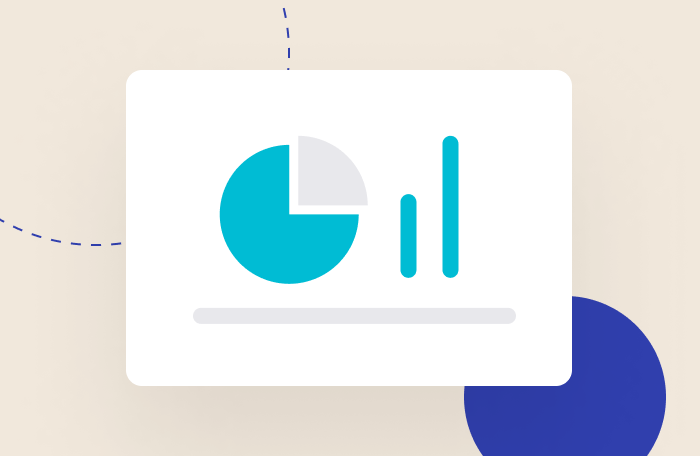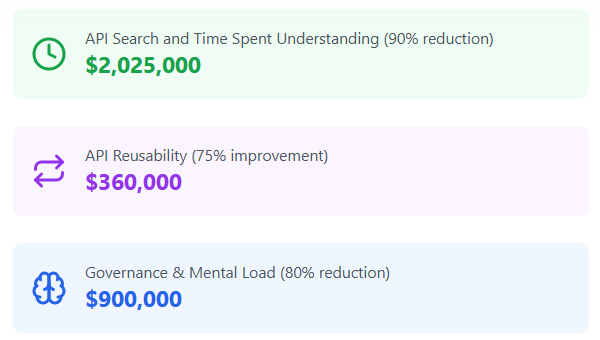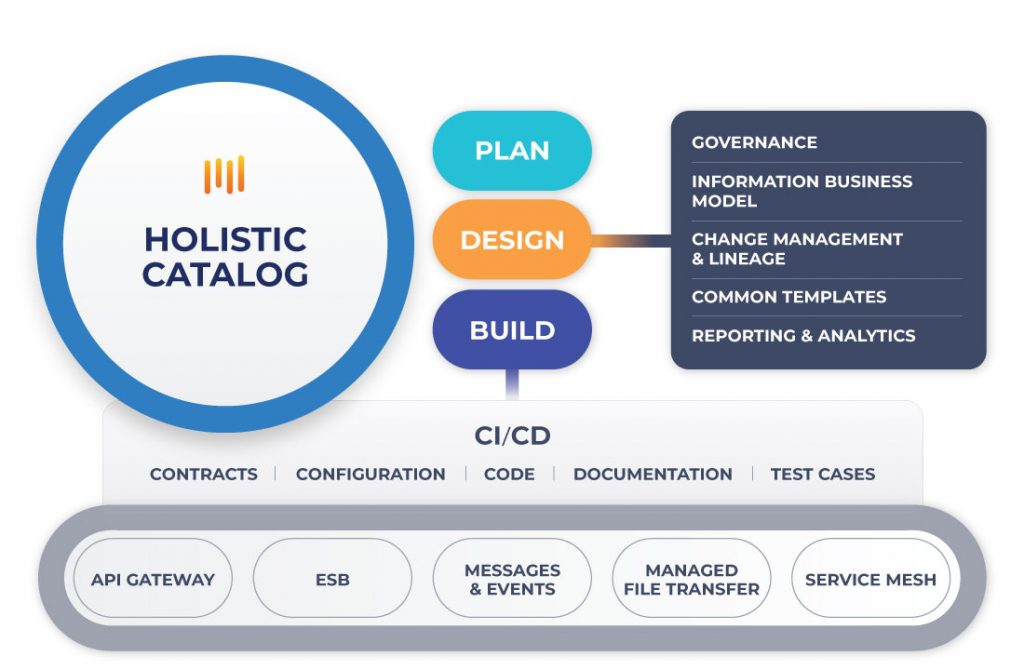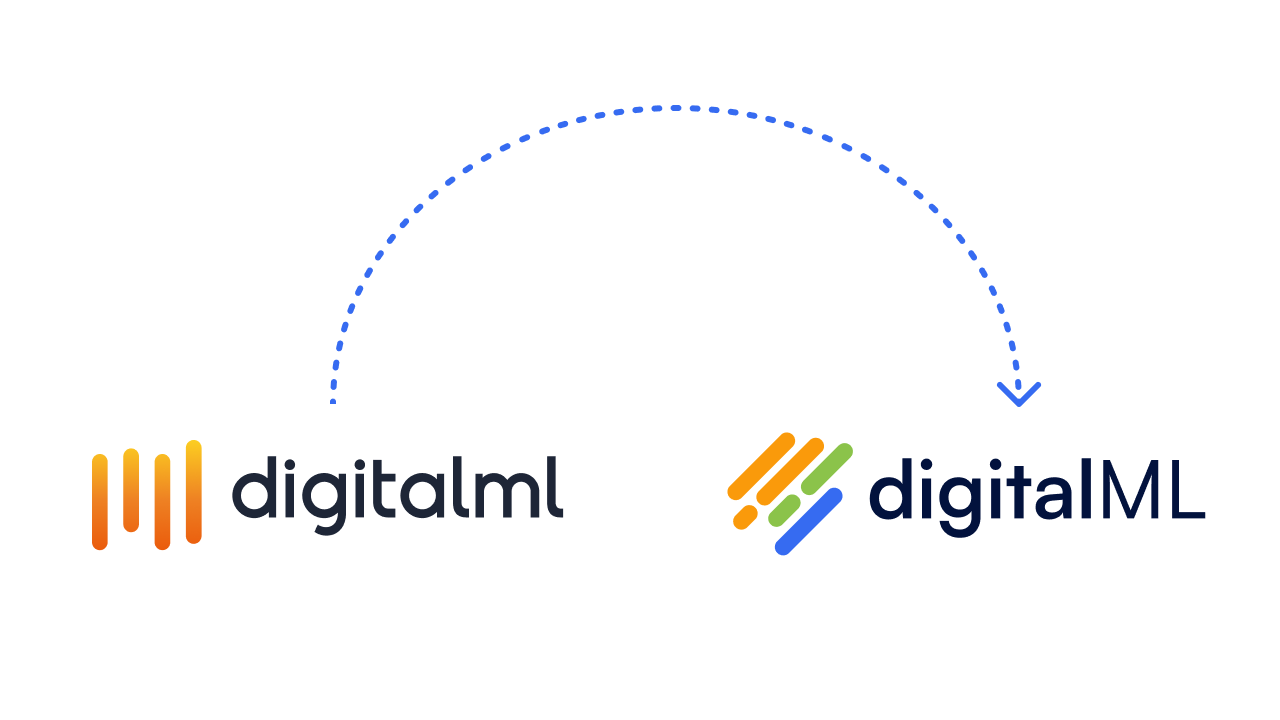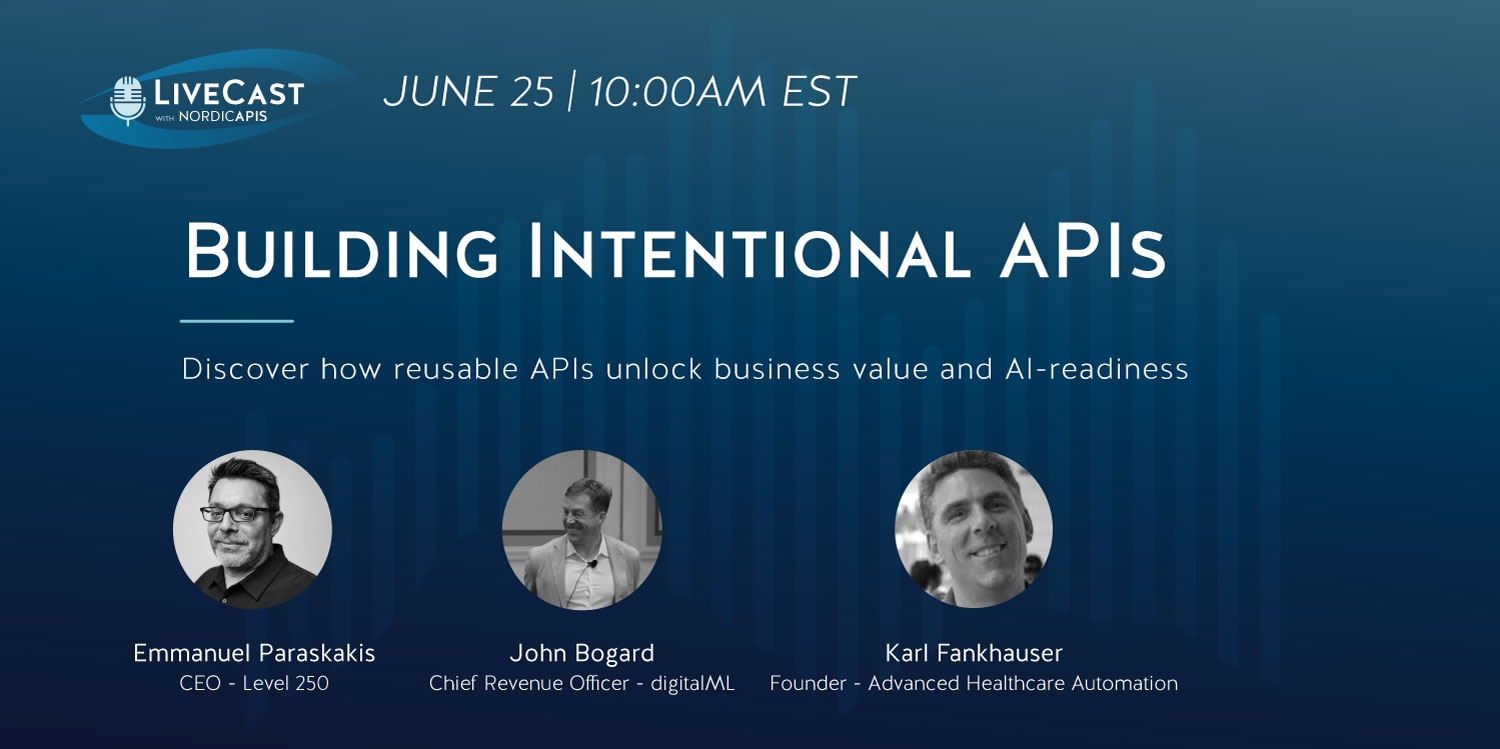In this post, we discuss how large enterprises are racing to launch new platform, digital products, and self-service capabilities, and are all now coming up against the same challenges. Current approaches to APIs, Services, and Events at scale ignore the extensive digital complexity your enterprise has, and fails to capture it as a critical part of API management and lifecycle strategy.
Enterprises are Aligning Their API and Digital Strategies to Become Digital Leaders
Large enterprises across all sectors are well aware that digital leadership is now market leadership. Technical differentiation is key when responding to emerging digital trends and business models, and shifts in consumer demands.
To deliver digital, enterprises are racing to launch (and iterate, evolve, and respond to) new:
- Platforms
- Digital Products
- Self-service capabilities
This is reflected in IDC’s prediction that by 2023, the global economy will finally reach “digital supremacy” with more than half of all GDP worldwide driven by products and services from digitally transformed enterprises.
And, digital success involves speed. The new enterprise KPI is idea to launch in 6 months. But this speed needs to be achieved safely, and within existing enterprise guardrails.
So digital sounds great, but how is it actually delivered, and are there any considerations for large enterprises?
APIs Enable Digital, But There’s a Huge Layer of Digital Complexity Lurking Underneath…
It is also widely acknowledged that APIs (plus Services & Events) are key for digital – they’re the building blocks that:
- expose systems of record (SOR)
- data
- logic (business and technical)
-and can be used to power platforms, products, and self-service capabilities. Large enterprises are looking for speed and scale for delivering APIs, while ensuring they net out with high-quality, business-led APIs representing existing capabilities (that have until now been locked in bulky legacy systems).
Sounds simple at first glance, and a lot of enterprises are trying to do this by hand-crafting a handful of APIs to do this… but this approach ignores the extensive digital complexity large enterprises have, and fails to capture it as a critical part of API management and lifecycle strategy, as well as a wider data transmission strategy, as in reality enterprises have multiple service types running in multiple environments, e.g. :
What is This “Digital Complexity” in Enterprises?
When we’re talking about digital complexity, we mean everything that powers the frictionless and consumer-focused world of digital products and platforms – all the APIs, and all the complex IT systems, data and processes, relationships and dependencies that are below the elegant consumer experience.
And to manage digital complexity we have:
- Many groups and owners of the Systems of Record, Data and Rules that provide the digital functionality
- Many roles and iterations involved in delivering and maintaining the APIs/events/services that expose the functionality
This all generates a lot of backend host dependency, data refresh cycles, owner use approvals, and on-going enhancements to application code.
And what’s more – digital doesn’t stop – all things digital have roadmaps of ideas, future services, and new offerings to deliver. It’s not a once-and-done process.
Example – un-bundling banking functionality
Suppose you are a large bank that offers wealth management services, and currently offer this to high-value clients only. However, these products and experiences – and the APIs and services that enable them, are typically reliant on data, logic, and processes stored in monolithic systems that have their own dependencies and original use cases. Now, you want to keep the big customers that the application was built for while also targeting mid wealth-customers in the higher earning consumer space.
Your application and product line is not conductive to being offered as individual products that are appealing to this new group of people, some people may want to purchase these products a-la-carte as different services. There’s a huge level of complexity involved in breaking that monolith down and repurposing as a set of reusable and combine-able digital building block APIs. How do you stick to that enterprise KPI of 6 months to launch?!
And of course, these challenges are found across all verticals, due to the very nature of incumbents.
These kinds of multi-year business and IT initiatives further complicated by multiple providers, consumers and stakeholders. Most customers are using a combination of internal applications and 3rd party-provided functionality. Providing and consuming data to and from these systems provide the core functions the business wants, while extending other core systems and digital capabilities. However, the usage, updates, impact analysis, mapping and transformation of that data continues to be the long pole in most of the projects and updates:
- Creating, updating and extending, bundling functionality exposed as APIs and services
- Discovery and reuse so duplication is avoided
- Supporting an agile delivery process over multiple phases
- Capturing IP from consulting partners, while contributing to the portfolio of digital assets
So How Do You Capture and Leverage Digital Complexity as Part of an Enterprise Digital Strategy?
Our digital experts will be delving into how to capture and even leverage your enterprise’s digital complexity in an upcoming webinar, so be sure to pre-register here. But for now, capturing complexity is a key part of a 4-step roadmap to digital leadership:
Step 1: From API chaos to catalog
It’s important to capture a single source of truth for your APIs and other digital assets, so you can provide an enterprise view of:
- Capability coverage and gaps
- Providers and consumers
- Dependencies and lineage between APIs, services, and events plus operations and methods with rich metadata captured
- Mappings between systems of record
This provides rich analysis for planning and recipes, rationalization efforts, and current and potential ROI.
Step 2: Assisted normalization across the API lifecycle
Ensure APIs are high-quality and compliant, and automate standardization to maintain speed of delivery using:
- Governance rules and standards, and addressing violations
- API, Event, and Service code linting – this should be a holistic effort rather than a specific artifact or platform-specific
- Policy enforcement including securing APIs
- Data standards and model alignment – ensuring consistent artifacts exposed in the language of the business without adding extra load on developers
Step 3: Capture complexity
Manage the lifecycle status, endpoints, versions, owners, approval workflows etc. (everything we’ve discussed in this blog) for the APIs that power your digital offerings in one single place. What’s more, make it reportable and easy to understand.
Step 4: Leverage assets for digital leadership
With this you have a holistic view of:
- What you have (APIs, Services, Events) and what is reliable
- Business and technical views to rationalize existing assets and interfaces
- A safe and faster replace the interfaces consistently and quickly;
- While creating a velocity for replacing the complexity and capturing the IP for where the enterprise is going next
Now you’re ready to combine your best-of-breed APIs, Services, Events, to launch digital platforms, products, and self-service capabilities. Not just for digital leadership, but also digital resiliency.

